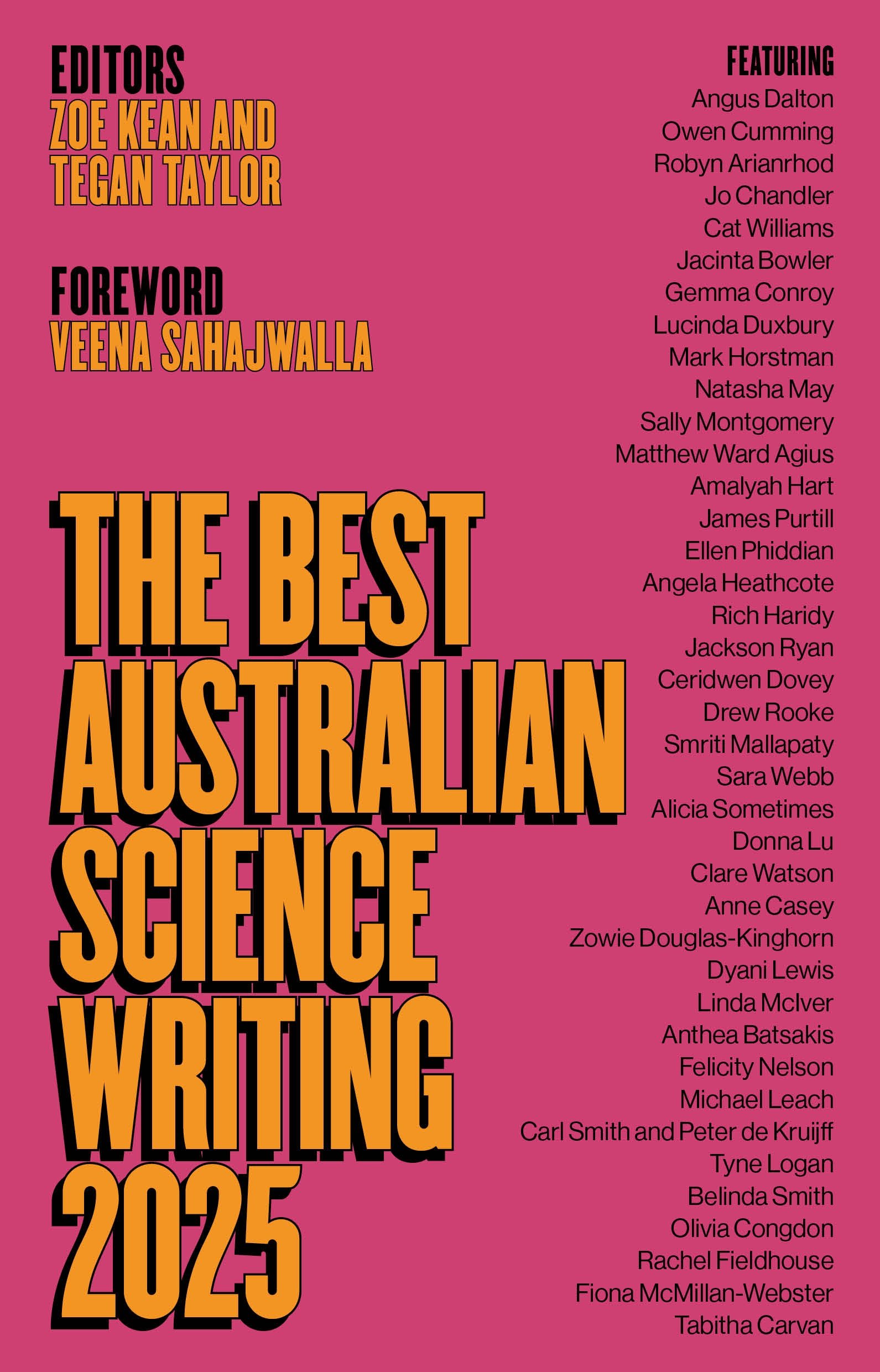The History of the ACTU
Longman Cheshire, 476 p., $29.95, $15.95 pb
Settling for wages
Australia’s need for a definitive history about its national trade union centre has been handsomely filled by Jim Hagan. His exhaustively detailed study must become the base for future researchers who will seek to assess what happened in our times.
As a viable union summit, the Australian Council of Trade Unions (ACTU) struck root in 1927. Its promoters were bound by a wish to bring such a body into being. They were diverse however in their views about what its basic functions should be. Mass disillusionment among unionists over the World War I roles of a Federal Labor Government and three State Labor governments and adverse attitudes to their trade union base created a climate for new ideas. Most influential was the One Big Union (OBU) concept. It aimed to eliminate craft divisions and coalesce workers into a single union. The OBU would then be the springboard to replace capitalism by a socialist regime.
Continue reading for only $10 per month. Subscribe and gain full access to Australian Book Review. Already a subscriber? Sign in. If you need assistance, feel free to contact us.










Leave a comment
If you are an ABR subscriber, you will need to sign in to post a comment.
If you have forgotten your sign in details, or if you receive an error message when trying to submit your comment, please email your comment (and the name of the article to which it relates) to ABR Comments. We will review your comment and, subject to approval, we will post it under your name.
Please note that all comments must be approved by ABR and comply with our Terms & Conditions.